Stewardship Area Atlas
These 33 Stewardship Areas along the coast of the Long Island Sound provide exceptional ecological and recreational value. Each have their own unique qualities that make them special places. Explore the sites on the map below or scroll down the listing to learn more about these important areas.

Barn Island, Stonington, CT
Anchor Site: Barn Island Wildlife Management Area
Connecticut’s largest and most ecologically significant Wildlife Management Area, Barn Island is also the site of over 60 years of wetland research. It provides rare data on restoration efforts that continue to be utilized extensively by scientists and researchers while concurrently serving as a popular site for bird watching and outdoor exploration.

Bluff Point, Groton, CT
Anchor Site: Bluff Point State Park and Coastal Reserve
Bluff Point is often considered the last significant undeveloped area on the CT coastline, and is one of the largest natural areas in the state. Its 800 acres support high numbers of threatened and endangered species in a unique combination of habitats.

Charles Island, Milford, CT
Anchor Site: Charles Island Natural Area Preserve (managed by CT DEEP as part of Silver Sands State Park)
Charles Island Natural Area Preserve is a small island with exceptional and rare bird life. Its 14 acres host one of the three largest heron and egret breeding colonies in Connecticut, and legend has it that Captain William Kidd buried treasure there.

Duck Island, Westbrook, CT
Anchor Site: Duck Island Natural Area Preserve
Duck Island is a 5.6-acre state-owned island that supports the largest egret rookery in eastern Connecticut. Inaccessible to the public, it is a rare undeveloped island along the Connecticut shoreline that is recognized by Audubon as an Important Bird Area.
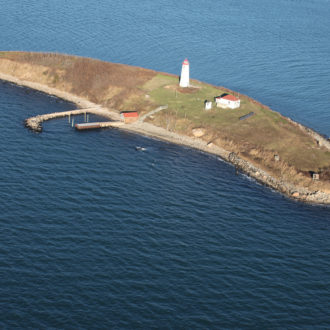
Falkner Island, Guilford, CT
Anchor Site: Falkner Island Unit of the Stewart B. McKinney National Wildlife Refuge
This small 5-acre island is the single largest nesting tern colony in Connecticut and one of the most significant in the Northeast. It is an Audubon-designated Important Bird Area that provides habitat for thousands of common and federally endangered roseate terns. There is no public access, except for an open house held once every fall.

Great Meadows, Stratford, CT
Anchor Site: Great Meadows Unit of the Stewart B. McKinney National Wildlife Refuge
The Great Meadows marsh complex, recognized by Audubon as an Important Bird Area, is a haven for many fish, rare plants, and more than 270 species of birds in need of nesting grounds or a migratory stopover point. It is also a popular passive recreation site, especially among birders.
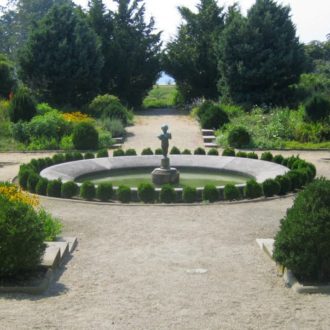
Great Neck – Goshen Point, Waterford, CT
Anchor Site: Harkness Memorial State Park and William A. Niering Natural Area Preserve
Harkness Memorial provides one of the best remaining examples of the Gatsby-era grand estates that once dotted the Connecticut shoreline.Together with the adjacent Niering Natural Area Preserve, this Stewardship Area offers a diversity of coastal habitats to explore within a relatively small area,
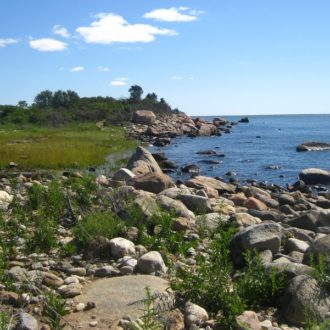
Hammonasset Beach, Madison, CT
Anchor Site: Hammonasset Beach State Park and Natural Area Preserve
Hammonasset Beach State Park is the most visited park in Connecticut, with almost two million visitors per year utilizing its 558 campsites and miles of hiking trails and beachfront. At the same time, it is designated a Globally Significant Bird Area and supports high concentrations of rare and endangered birds throughout its various habitats.
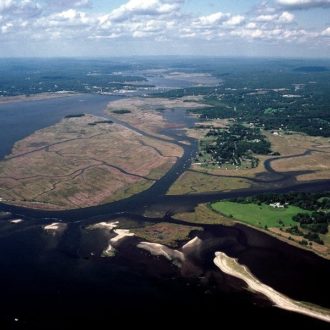
Lower Connecticut River, Old Saybrook, Essex, Deep River, Lyme, Old Lyme, Chester, Haddam, East Haddam, CT
Anchor Site: Connecticut River Estuary and Tidal Wetlands Complex
The Lower Connecticut River sustains various locally, federally, and globally endangered species and is recognized as a Wetland of International Importance under the United Nations Ramsar Convention. With no major port or harbor it supports many complex habitats, including one of the most extensive fresh and brackish tidal wetland systems in the Northeast.
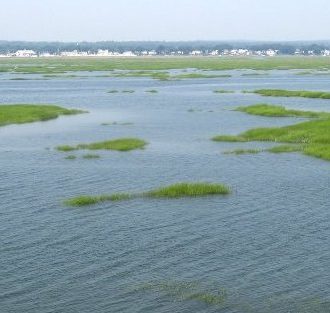
Milford Point and Wheeler Marsh, Milford, CT
Anchor Site: Milford Point (part of the Stewart B. McKinney National Wildlife Refuge) and Wheeler Marsh Wildlife Management Area (WMA)
Milford Point and Charles Wheeler Wildlife Management Area are among the best wildlife viewing areas in Connecticut, serving as havens for rare migratory birds, fish, and bats alike. Birdwatchers frequent these sites to witness the tens of thousands of shorebirds that nest or migrate through here each year, including semipalmated sandpiper, sanderling, dunlin, semipalmated plover, and black-bellied plover.
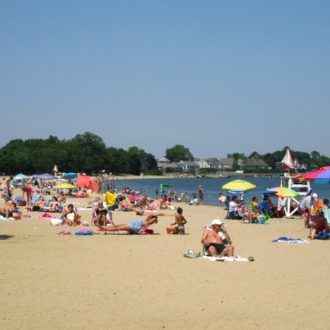
Norwalk Harbor, Norwalk, CT
Anchor Site: Calf Pasture Beach and Veterans Memorial Park
Calf Pasture Beach is a popular recreational site, featuring a large sandy beach, picnic area, fishing pier, playground and dining facilities. Veterans Memorial Park has a public marina and boat launch open to the public for a small usage fee, with play areas and paths overlooking the harbor.
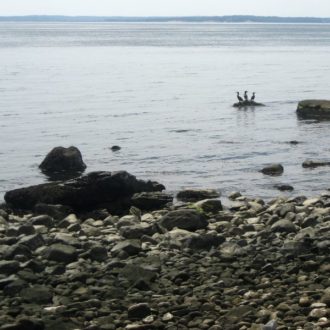
Norwalk Islands, Norwalk, CT
Anchor Site: Chimon and Sheffield Islands (part of the Stewart B. McKinney National Wildlife Refuge)
Chimon and Sheffield are the two largest in the collection of over 25 islands surrounding Norwalk harbor, and they provide critical colonial water bird habitat. Ferries out to Sheffield and tours of its historic lighthouse, built in 1826, are offered by Norwalk Seaport Association every summer.

Pattagansett Marshes and Watts Island, East Lyme, CT
Anchor Site: Pattagansett Marshes Preserve
This 52-acre property, owned and operated by The nature Conservancy, and including the one-acre Watts Island, supports an unusually high diversity of plant and animal species due to its coastal location at the mouth of the Pattagansett River and the variety of habitats occurring within a relatively small area.
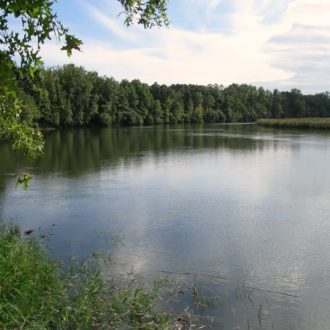
Quinnipiac River, New Haven, CT
Anchor Site: Quinnipiac River Marsh Wildlife Management Area and State Park
The Quinnipiac River Marsh and State Park is a unique wetland habitat tightly surrounded by residential and commercial facilities. It supports a range of state-threatened birds and is an Audubon-recognized Important Bird Area, as well as site of the oldest Blue-Blazed Trail in Connecticut.

Rocky Neck, East Lyme, CT
Anchor Site: Rocky Neck State Park
Rocky Neck is the third most visited State Park in Connecticut, popular for its unique range of recreational activities along the Sound. From scuba diving to campsites to historic architecture, this park has something to offer for all outdoor enthusiasts.
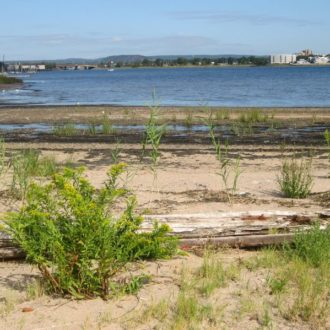
Sandy Point, West Haven, CT
Anchor Site: Sandy Point Bird Sanctuary and Painter Park
Over 60 acres of barrier beach, tidal marsh, and mudflats make Sandy Point an excellent habitat for water birds. It is one of the state’s most important nesting areas for least tern, common tern, and federally endangered piping plover while featuring miles of public beach and an urban greenway for recreational use.
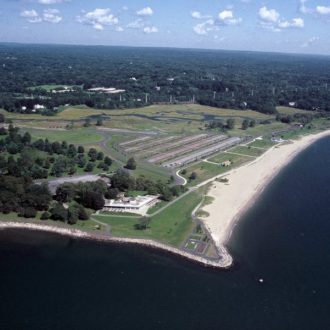
Sherwood Island, Westport, CT
Anchor Site: Sherwood Island State Park
The second most visited State Park in Connecticut, Sherwood Island is an expansive area for picnicking, guarded swimming, fishing and walking beautiful nature trails. Its Nature Center is a state-of-the-art facility featuring interactive displays, thematic programs, weekly lectures and special events—which are always free admission.
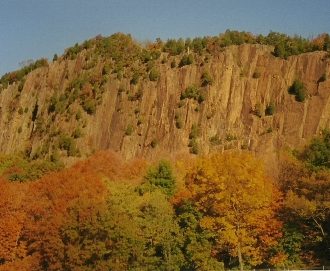
West Rock Ridge, Hamden, Bethany, Woodbridge, and New Haven, CT
Anchor Site: West Rock Ridge State Park
West Rock Ridge is a seven-mile segment of the Metacomet Ridge traprock formation that has a high point of 700 feet and astounding views of New Haven Harbor and Long Island Sound. Its popular hiking trails and fishing access coexist with over 300 species of rare and endangered plants and animals, the second highest concentration of any park in Connecticut.

Alley Pond, Queens, NY
Anchor Site: Alley Pond Park and Fort Totten Park
Alley Pond Park and Fort Totten Park make up this Stewardship Area in Queens, NY. Alley Pond Park includes an Environmental Center which offers educational programs indoors and out. Fort Totten Park is a historic area with history dating back to the Civil War, and also serves as a great spot to view migrating winter waterfowl.
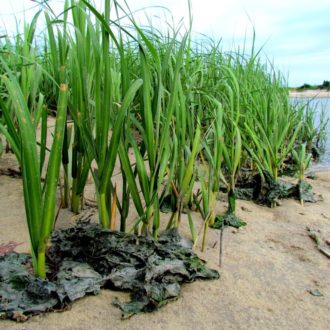
Crab Meadow, Huntington, NY
Anchor Site: Crab Meadow Wetlands and Beach and Eatons Neck Point
This Stewardship Area is made up of Crab Meadow Wetlands and Beach and Eatons Neck Point. Crab Meadow is designated by the Department of State as "Significant Coastal Fish and Wildlife Habitat" because it is one of a few large areas of undeveloped salt marsh ecosystem remaining on the North Shore of Long Island. Eatons Neck Point is private property is not open to the public.
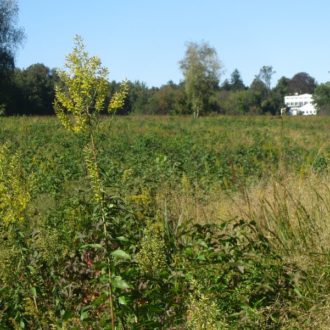
Edith G. Read and Marshlands, Rye, NY
Anchor Site: Marshlands Conservancy, Edith G. Read, and Rye Playland Park
Marshlands Conservancy is a 151-acre wildlife sanctuary with both ecological value and a cultural history. Nearby Edith G. Read Wildlife Sanctuary supports thousands of migrant and wintering shorebirds and is popular for passive recreation. Additionally, Rye Playland Park is an exciting venue for a family excursion.
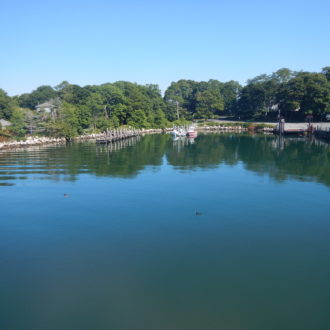
Fishers Island, Fishers Island, NY
Anchor Site: Fishers Island Submerged Aquatic Vegetation Beds
Fishers Island Coastline provides essential habitat for a series of submerged aquatic vegetation beds, containing the majority of all eelgrass meadows in New York State.
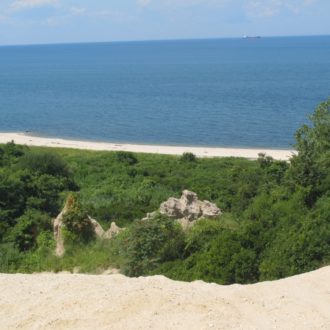
Hallock State Park Preserve and Mattituck State Tidal Wetlands, Jamesport & Mattituck, NY
Anchor Site: Hallock State Park Preserve and Mattituck State Tidal Wetlands
Hallock State Park Preserve and Mattituck Creek are home to important bird and fish species, and provide a variety of freshwater wetland types that are not common on the east end of Long Island.

Hempstead Harbor, Hempstead, NY
Anchor Site: Hempstead Harbor Park, Morgan Park, Tappen Beach, and Sands Point Preserve
Hempstead Harbor is surrounded by nature preserves and local parks, and includes an Important Bird Area designated by Audubon New York. The Harbor also has several boat launching locations, welcoming kayakers and boaters alike.
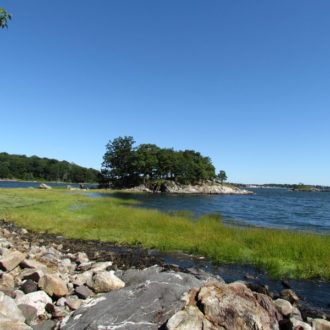
Huckleberry & Davids Islands – Pelham Bay Park, Bronx and New Rochelle, NY
Anchor Site: Pelham Bay Park, Orchard Beach, Huckleberry Island, and Davids Island
Pelham Bay Park, Huckleberry Island, and Davids Island sit along the Long Island Sound, stretched out between the northern area of the Bronx and New Rochelle, NY. This Stewardship Area hosts a wide range of bird species and is home to the largest municipal park in New York City.

Lloyd Neck, Lloyd Harbor, NY
Anchor Site: Caumsett State Historic Park Preserve
The Lloyd Neck Stewardship Area consists of Caumsett State Park, a naturally diverse part of the North Shore of Long Island which provides many different habitat types for local flora and fauna as well as many recreational opportunities for visitors.

Manhasset Bay, Great Neck, Manhasset, and Port Washington, NY
Anchor Site: Manhasset Bay and Mitchells Creek
On the North Shore of Long Island, Manhasset Bay is one of the busiest boating harbors in the area, and also acts as a Significant Coastal Fish and Wildlife Habitat designated by New York State.
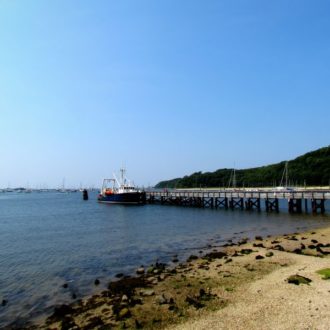
Mt. Sinai – Port Jefferson Harbors, Mt. Sinai and Port Jefferson, NY
Anchor Site: Mt. Sinai Harbor, Port Jefferson Harbor, Cedar Beach, and McAllister County Park
Port Jefferson Harbor and Mount Sinai Harbor are two of the busiest harbors along Long Island Sound in the Town of Brookhaven, NY. This Stewardship Area is known for its commercial and recreational opportunities, and provides entertainment and education for locals and visitors throughout the year.
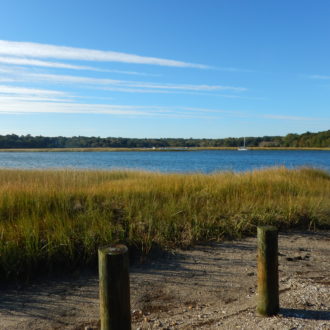
Nissequogue River, Kings Park, NY
Anchor Site: Nissequogue River, Caleb Smith, and Sunken Meadow State Parks
The Nissequogue River Stewardship Area is comprised of Sunken Meadow State Park, Caleb Smith State Park, and Nissequogue River State Park. This Stewardship Area offers endless ecological benefits for Long Island Sound and a multitude of recreational opportunities.

Oyster Bay, Oyster Bay, NY
Anchor Site: Oyster Bay National Wildlife Refuge, Mill Neck Preserve, Centre Island, Beekman Beach, the Waterfront Center, and Shu Swamp Nature Preserve
This Stewardship Area holds a rich historical, cultural and environmental heritage, providing numerous ecological and recreational benefits.
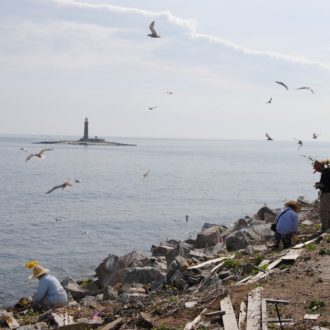
Plum and Gull Islands, Southhold, NY
Anchor Site: Plum Island, Great Gull Island, and Little Gull Island
Plum Island, Great Gull Island, and Little Gull Island make up this Stewardship Area just off the northeast coast of Long Island. This Stewardship Area serves one of the highest concentrations of common terns in North America.

Shoreham – Wading River, Wading River, NY
Anchor Site: Wildwood State Park & Baiting Hollow Tidal Wetlands
Wildwood State Park and Baiting Hollow tidal wetlands make up this Stewardship Area, and are home to a variety of important and rare habitats on the North Fork of Long Island. Apart from its unique ecological aspects, this Stewardship Area also offers great recreational opportunities for both daily visitors and campers.
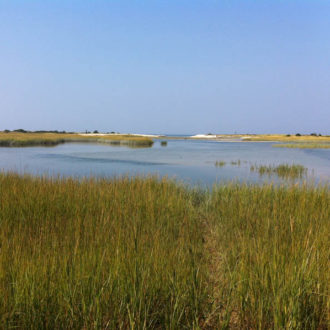
Stony Brook Harbor, Stony Brook, NY
Anchor Site: Flax Pond State Tidal Wetlands and Laboratory and Long Beach
This Stewardship Area is made up of two anchor sites, the Flax Pond State Tidal Wetlands and Laboratory and Long Beach. These sites provide over 1,000 acres of diverse wetland habitat for colonial waterbirds, fish, and horseshoe crabs. Visitors can swim, boat, and fish at Long Beach and other public access points in this Stewardship Area.